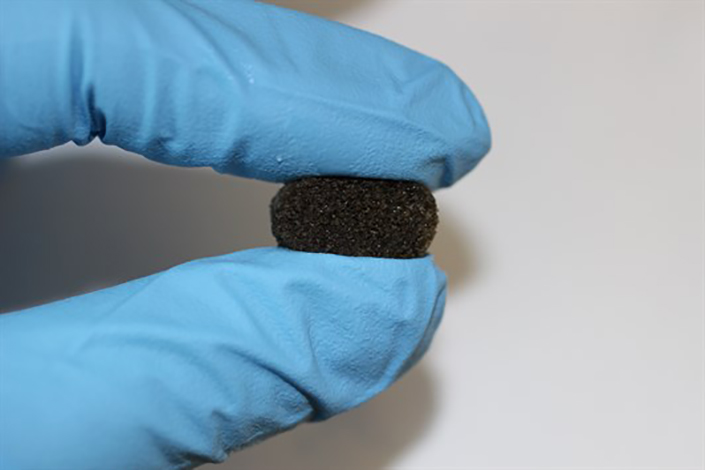Innovative scaffold will support healing of bone before dissolving

Image: College of Engineering
Melissa Grunlan, an associate professor in the Department of Biomedical Engineering, received a $1.9 million grant from the National Institutes of Health to continue the development and testing of a material that shows promise in the field of regenerative medicine.
The material is designed to precisely fill and promote healing of cranial bone defects and gaps in the skull that occur due to an injury, a birth defect or surgery.
The project, which started about five years ago, addresses the limitation of materials used to treat bone gap defects. Most commonly, this is currently done with a bone graft surgically harvested from the patient, such as from their hip. The limitation associated with this method is that the rigid bone graft cannot be readily manipulated to fit within the irregularly shaped bone defect. Due to the lack of fit and good contact with neighboring bone tissue, defect healing is compromised.
“This is like trying to fill in a missing puzzle piece with the wrong piece,” Grunlan said. “These bone defects can cause tremendous functional problems and aesthetic issues for individuals, so it was recognized that a better treatment would make a big impact.”
The new material is a polymer scaffold that temporarily supports bone healing and then dissolves, leaving behind a healed bone defect. This shape-shifting foam becomes malleable when exposed to warm saline, allowing it to conform and fit into the irregular bone defect. Once in place, the foam becomes rigid and stays tightly fitted within the defect.
Watch a video featuring Melissa Grunlan: Biosensor may replace needle prick for people with diabetes

